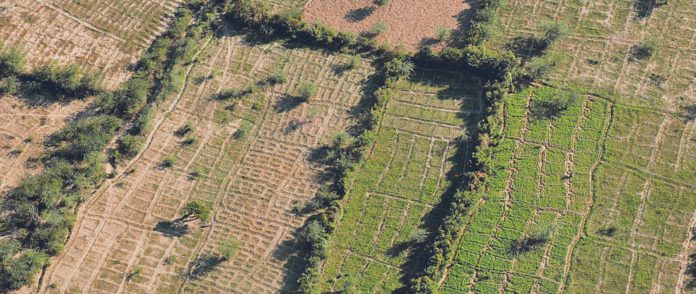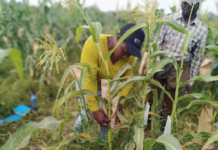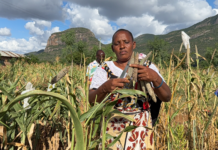The government of Rwanda is set to receive an $8.5 million grant over six years from Sweden to fund biodiversity and climate change adaptation in the country’s east.
According to Jeanne d’Arc Mujawamariya, Rwanda’s Minister of the Environment, this six-year support from the Swedish government will allow for the planting of natural forests in the region to reduce vulnerability to climate change and restore biodiversity in protected natural forests.
In Rwanda, climate change is causing prolonged droughts and is having a significant impact on local agriculture and biodiversity in the context of rising temperatures: 2.5°C by 2050. At the same time, according to forecasts by the Climate Expert platform, more intense rains and an increase in the frequency of floods are expected in this East African country. The seedlings used will be acquired from other natural forests in the country and planted along 400 km near rivers and lakes, and 500 km near roads.
“We will restore 8,000 ha in the Eastern Province to increase the area of land dedicated to agricultural activities, where the trees will be planted next to crops,” said Johanna Teague, Sweden’s ambassador to Rwanda.
Green Amayaga project
Since 2020, Rwanda’s climate roadmap includes a $115 million program for reforestation, afforestation and forest resource management, as well as a $185 million program to combat climate change-induced diseases.
Rwanda launched the Green Amayaga project in 2020 to restore degraded forests (natural and planted) in the southern province to avoid 4.7 million tons of greenhouse gas emissions over the next five years. The restoration of the Amayaga forests is part of the East African country’s nearly 9.31-billion-euro climate action plan for improving forest cover.
The Government of Rwanda has also set a goal of restoring nearly 280,000 hectares of agricultural and agroforestry land to increase productivity in the region. To achieve this, the Rwanda Environment Management Authority (REMA) plans to plant at least 1.4 million trees in partnership with the Rwanda Forestry Authority (RFA) and the districts of Kamonyi, Ruhango, Nyanza and Gisagara.









[…] Source link […]
Comments are closed.